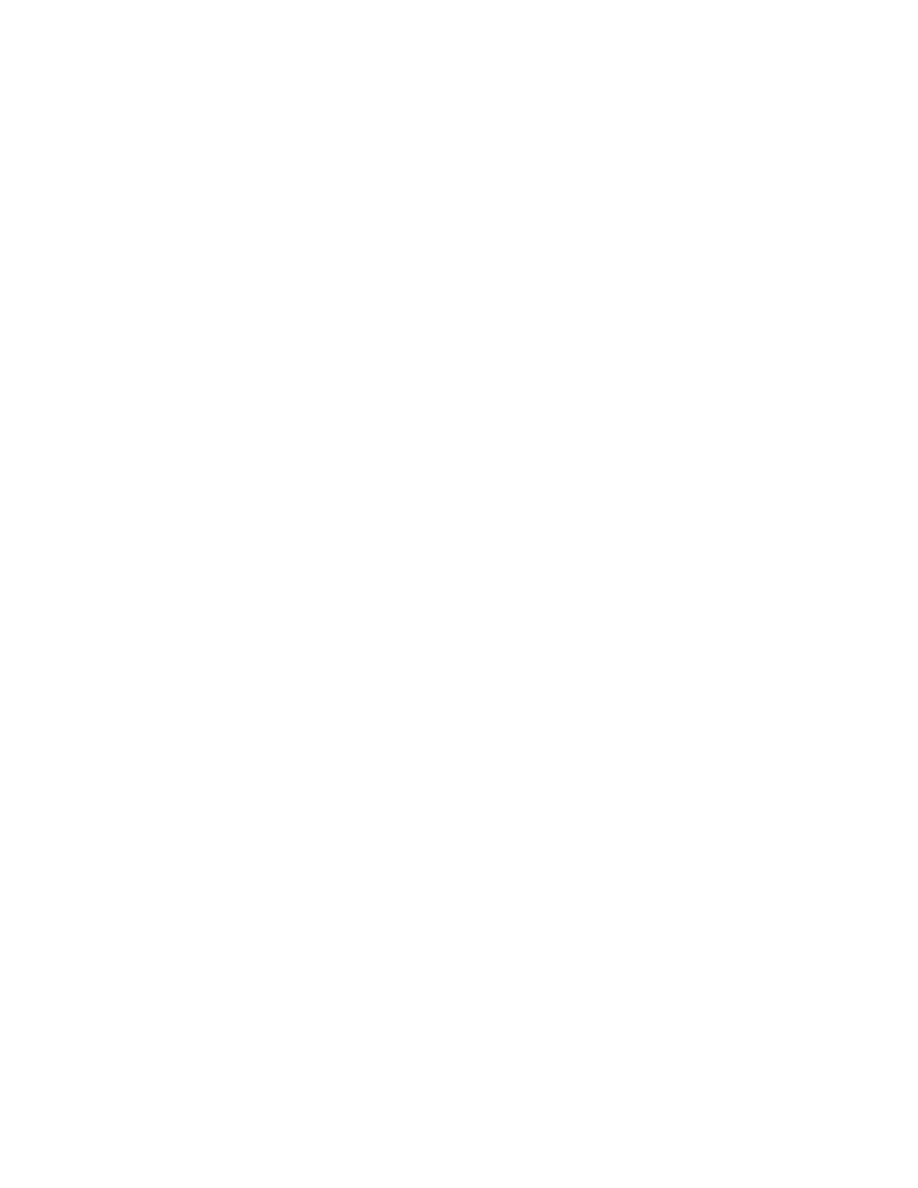
269
Federal Aviation Administration, DOT
§ 23.903
(1) Ensure safe operation to the max-
imum altitude for which approval is re-
quested.
(2) Be accessible for necessary inspec-
tions and maintenance.
(c) Engine cowls and nacelles must be
easily removable or openable by the
pilot to provide adequate access to and
exposure of the engine compartment
for preflight checks.
(d) Each turbine engine installation
must be constructed and arranged to—
(1) Result in carcass vibration char-
acteristics that do not exceed those es-
tablished during the type certification
of the engine.
(2) Ensure that the capability of the
installed engine to withstand the in-
gestion of rain, hail, ice, and birds into
the engine inlet is not less than the ca-
pability established for the engine
itself under § 23.903(a)(2).
(e) The installation must comply
with—
(1) The instructions provided under
the engine type certificate and the pro-
peller type certificate.
(2) The applicable provisions of this
subpart.
(f) Each auxiliary power unit instal-
lation must meet the applicable por-
tions of this part.
[Doc. No. 4080, 29 FR 17955, Dec. 18, 1964, as
amended by Amdt. 23–7, 34 FR 13092, Aug. 13,
1969; Amdt. 23–18, 42 FR 15041, Mar. 17, 1977;
Amdt. 23–29, 49 FR 6846, Feb. 23, 1984; Amdt.
23–34, 52 FR 1832, Jan. 15, 1987; Amdt. 23–34, 52
FR 34745, Sept. 14, 1987; Amdt. 23–43, 58 FR
18970, Apr. 9, 1993; Amdt. 23–51, 61 FR 5136,
Feb. 9, 1996; Amdt. 23–53, 63 FR 14797, Mar. 26,
1998]
§ 23.903
Engines.
(a)
Engine type certificate. (1) Each en-
gine must have a type certificate and
must meet the applicable requirements
of part 34 of this chapter.
(2) Each turbine engine and its in-
stallation must comply with one of the
following:
(i) Sections 33.76, 33.77 and 33.78 of
this chapter in effect on December 13,
2000, or as subsequently amended; or
(ii) Sections 33.77 and 33.78 of this
chapter in effect on April 30, 1998, or as
subsequently amended before Decem-
ber 13, 2000; or
(iii) Section 33.77 of this chapter in
effect on October 31, 1974, or as subse-
quently amended before April 30, 1998,
unless that engine’s foreign object in-
gestion service history has resulted in
an unsafe condition; or
(iv) Be shown to have a foreign object
ingestion service history in similar in-
stallation locations which has not re-
sulted in any unsafe condition.
N
OTE
: § 33.77 of this chapter in effect on Oc-
tober 31, 1974, was published in 14 CFR parts
1 to 59, Revised as of January 1, 1975. See 39
FR 35467, October 1, 1974.
(b)
Turbine engine installations. For
turbine engine installations—
(1) Design precautions must be taken
to minimize the hazards to the airplane
in the event of an engine rotor failure
or of a fire originating inside the en-
gine which burns through the engine
case.
(2) The powerplant systems associ-
ated with engine control devices, sys-
tems, and instrumentation must be de-
signed to give reasonable assurance
that those operating limitations that
adversely affect turbine rotor struc-
tural integrity will not be exceeded in
service.
(3) For engines embedded in the fuse-
lage behind the cabin, the effects of a
fan exiting forward of the inlet case
(fan disconnect) must be addressed, the
passengers must be protected, and the
airplane must be controllable to allow
for continued safe flight and landing.
(c)
Engine isolation. The powerplants
must be arranged and isolated from
each other to allow operation, in at
least one configuration, so that the
failure or malfunction of any engine, or
the failure or malfunction (including
destruction by fire in the engine com-
partment) of any system that can af-
fect an engine (other than a fuel tank
if only one fuel tank is installed), will
not:
(1) Prevent the continued safe oper-
ation of the remaining engines; or
(2) Require immediate action by any
crewmember for continued safe oper-
ation of the remaining engines.
(d)
Starting and stopping (piston en-
gine). (1) The design of the installation
must be such that risk of fire or me-
chanical damage to the engine or air-
plane, as a result of starting the engine
in any conditions in which starting is
to be permitted, is reduced to a min-
imum. Any techniques and associated
limitations for engine starting must be
VerDate Mar<15>2010
10:12 Mar 18, 2014
Jkt 232046
PO 00000
Frm 00279
Fmt 8010
Sfmt 8010
Y:\SGML\232046.XXX
232046
pmangrum on DSK3VPTVN1PROD with CFR